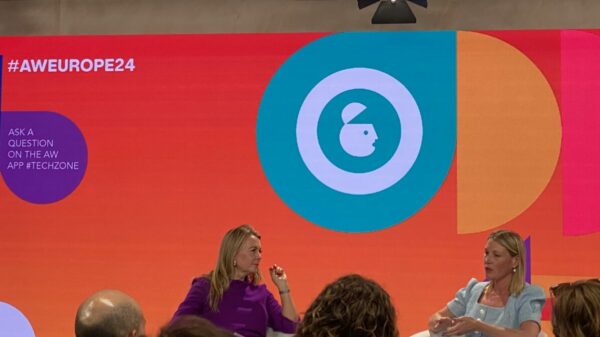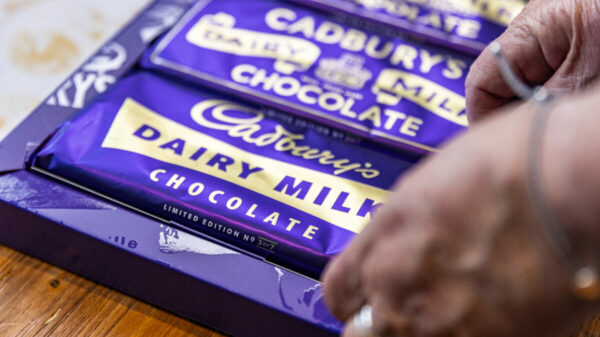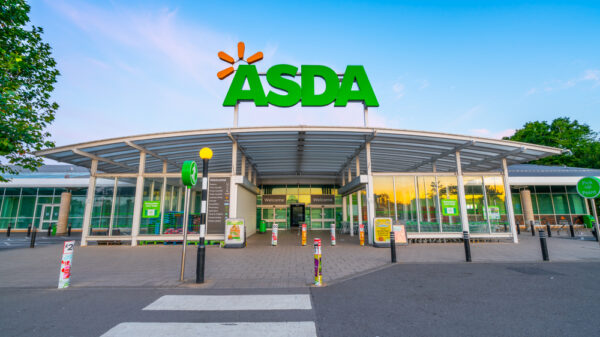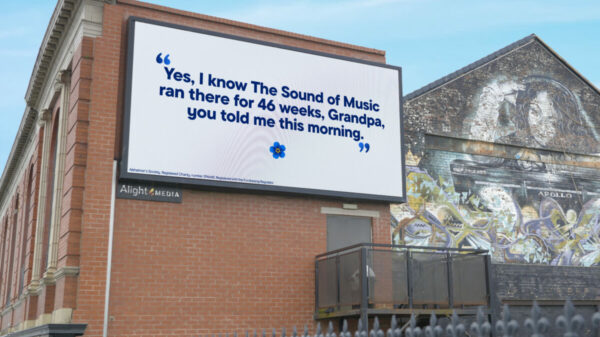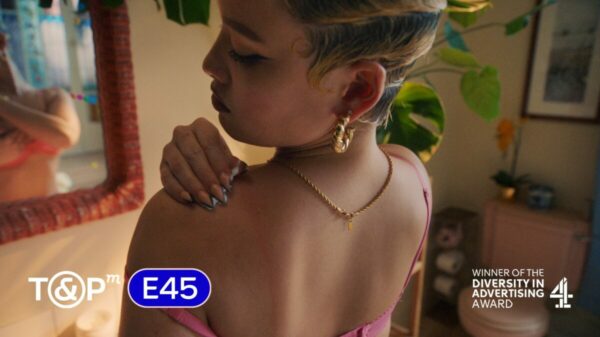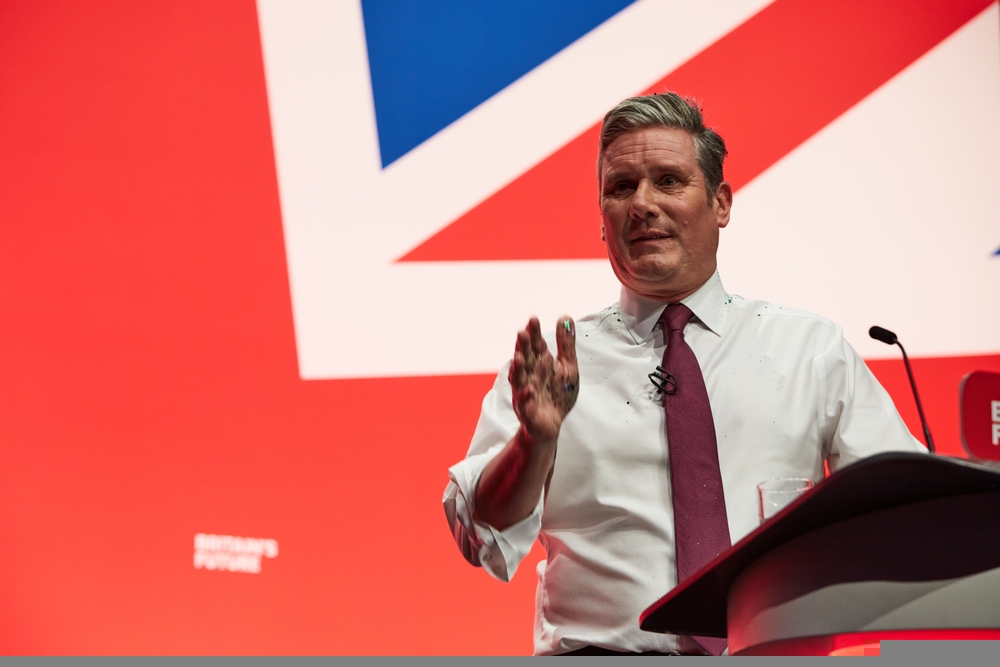In a modern liberal society, where people are (supposed to be) accepted for who they are but are now apparently offended by absolutely everything, the last ten years have been a turbulent period, to say the least.
Several years ago, outrage against a particular brand or campaign might have been simply dismissed as either ‘leftie wokeism’ or outright bigotry – but sensitivities have changed dramatically since then.
As if the rise of using the word ‘woke’ as an insult – a word which the dictionary defines as meaning “aware of and actively attentive to important societal facts and issues (especially racial and social justice)” – wasn’t confusing enough, the waters have become muddied even further, with many sections of society fighting back against these ‘anti-woke’ crusaders.
The rise of social media has added further fuel to this fire, and – with an increasingly volatile social and political climate both here and across the pond – brands need to be ever more mindful of what they say and do, or risk unleashing mass moral outrage.
Trying to balance this particular tightrope has left brands in a difficult position. Of course, most of the grievances aired by marginalised communities are perfectly legitimate, but the tendency to regard anyone disagreeing with those issues as bigoted anti-woke crusaders without listening to their concerns can be just as problematic.
The climate emergency hasn’t made things any easier either, with brands being pulled up for even the loosest connection with the oil and gas industry and quickly finding themselves on an ever-growing list of consumer pariahs.
Ultimately, businesses have found themselves boxed into the tightest of spots imaginable. While their intentions may be entirely honourable, getting the messaging wrong runs the serious risk of alienating a large portion of the population.
Has this confusing climate – where even the experts admit nothing is straightforward – led to a new phenomenon where terrified brands are trying to appeal to every single demographic, and in doing so appealing to none and offending the rest?
Woke war 1. Pinkwashing
The fundamental question is why so many brands put their foot in it when targeting key demographics?
Is it all down to a lack of planning? Non-diverse staff? Not understanding certain audiences? Or even worse, outright insincerity? The chances are it’s probably partly all of the above.
No brand willingly puts their foot in it, of course. But a lack of genuine belief in a cause, or display of support to a marginalised group most likely lies at the heart of many of these gaffes. As Outvertising’s co-director of advocacy, Cassius Naylor points out, if brands wants to ensure long-term success, they’d better start getting sincere.
“Brands can and should be trying to speak to all relevant consumers, and especially to the LGBTQ+ community given that we’re, by some estimates, a £2.86tn market globally,” he says.
“The issue is in how that appeal is made, and whether a brand has demonstrated that they deserve our spend. We judge this according to what that brand does, in a meaningful and concrete way, to employ its financial and political power towards the ends of inclusion.”
Naylor advises brands that are looking to steer clear of ‘pinkwashing’ to put their money where their mouth is; to simply say what they mean, and mean what they say.
“We call it ‘pinkwashing’ when commitments and pledges of solidarity are made – with the effect of shoring up a company’s reputation as a force for progress – but not substantiated with real action that makes the lives of LGBTQ+ people better.
“This is not true allyship, but an attempt to appropriate our liberation movement towards purely commercial ends; brands need to substantiate their words with deeds to avoid this.”
Subscribe to Marketing Beat for free
Sign up here to get the latest marketing news sent straight to your inbox each morning
Woke war 2. Racewashing
The BAME community faces a slightly different set of issues. The problem is not with brands that are genuinely trying to diversify their advertising and targeting, but rather those who are doing so insincerely and without due thought.
The result can be anything from small cultural inaccuracies, to outright offensive stereotypes. If brands want to get it right, they should consult with communities, speak to experts, or -even better – hire staff from those backgrounds.
This is why, as ex-LinkedIn marketer and People Like Us co-founder Darain Faraz explains, brands need to make sure that they are bang on the money.
“While diversity and inclusivity are super important for representation, the desire to ‘tick every box’ can result in insincere and forced campaigns that actually do the ’cause’ and the businesses developing them a disservice,” he says.
“It also raises questions about a brand’s commitment to diversity and whether they are merely using it as a marketing ploy. It is critical for companies to go beyond surface-level representation and foster a truly inclusive environment within their organisations.”
Like Naylor, Faraz also hones in on authenticity as key for businesses to keep in mind.
“Authenticity, relevance, and a genuine connection with their target audience should be prioritised over trying to appeal to every demographic,” he explains.
“As ‘People Like Us’ have been saying for a number of years now – meaningful change requires far more than token gestures, and businesses should instead be striving for lasting impact rather than superficial diversity checkboxes for a marketing campaign – however well-intentioned it might be!”
Woke war 3. Greenwashing
The issue takes on an entirely new dimension for greenwashing. While a marginalised or underrepresented groups aren’t involved, the potential for brands to come away bruised is just as strong.
With regards to straight advertising, the ASA significantly tightened up its rules and guidelines last month, making the parameters for responsible ads much clearer and leaving no room for misleading claims or inferences, intentional or otherwise.
As the climate emergency has worsened over the last decade, greenwashing – where brands overstate or misrepresent their eco claims – has become more pertinent. The biteback to this has accelerated to the point where brands dealing with fossil fuel producers in any capacity are seeing some degree of public backlash.
Just last week, Wimbledon was criticised by celebrity campaigners for its sponsorship deal with Barclays Bank following significant investments in the oil and gas industry. The same story played out over at The British LGBT Awards, which dropped its sponsorship deals from Shell and BP after a raft of top names dropped out of the event.
Clean Creatives, which brings together over 600 agencies who have pledged never to work with fossil fuel clients, advises that sincerity and honesty are key for brands looking to communicate their green credentials. (And they’re not afraid to call out those who are failing to do so, as PR firm Edelman found at this year’s Cannes Lions.)
“A small dose of humility can go a long way towards preventing greenwash,” says Clean Creatives executive director, Duncan Meisel.
“It’s OK not to be an expert in climate or sustainability – but you always need an expert in the room, and usually finding a qualified partner who focuses on these issues is usually the best answer. There are countless expert NGOs, scientists and advocates who can help validate and screen claims when agencies don’t have the expertise needed.”
He continues: “Legal and regulatory action against greenwashing is accelerating, and cultivating those expert partnerships will help agencies and brands avoid the worst of the risks associated with misleading claims.”
So, are brands overreaching as they aim to be all things to all people – and by extension causing their own problems? No, not in the slightest. As Naylor and Faraz have pointed out, it’s in a brand’s best interests to appeal to as many people as possible.
Why then does it so often go wrong? Simply put, many brands are simply not putting enough time and resources into making sure their messaging is authentic and reflects the brand’s true values. It’s not enough to add a rainbow to your logo one month a year, include one person of colour in an advert or stick a big green leaf on the packaging of your disposable plastic products.
It’s imperative that brands seek the right advice from the right people to avoid messaging ringing out hollow and insincere. The only way to remedy this is to genuinely support with tangible, concrete action. And that’s something we can all get behind.
